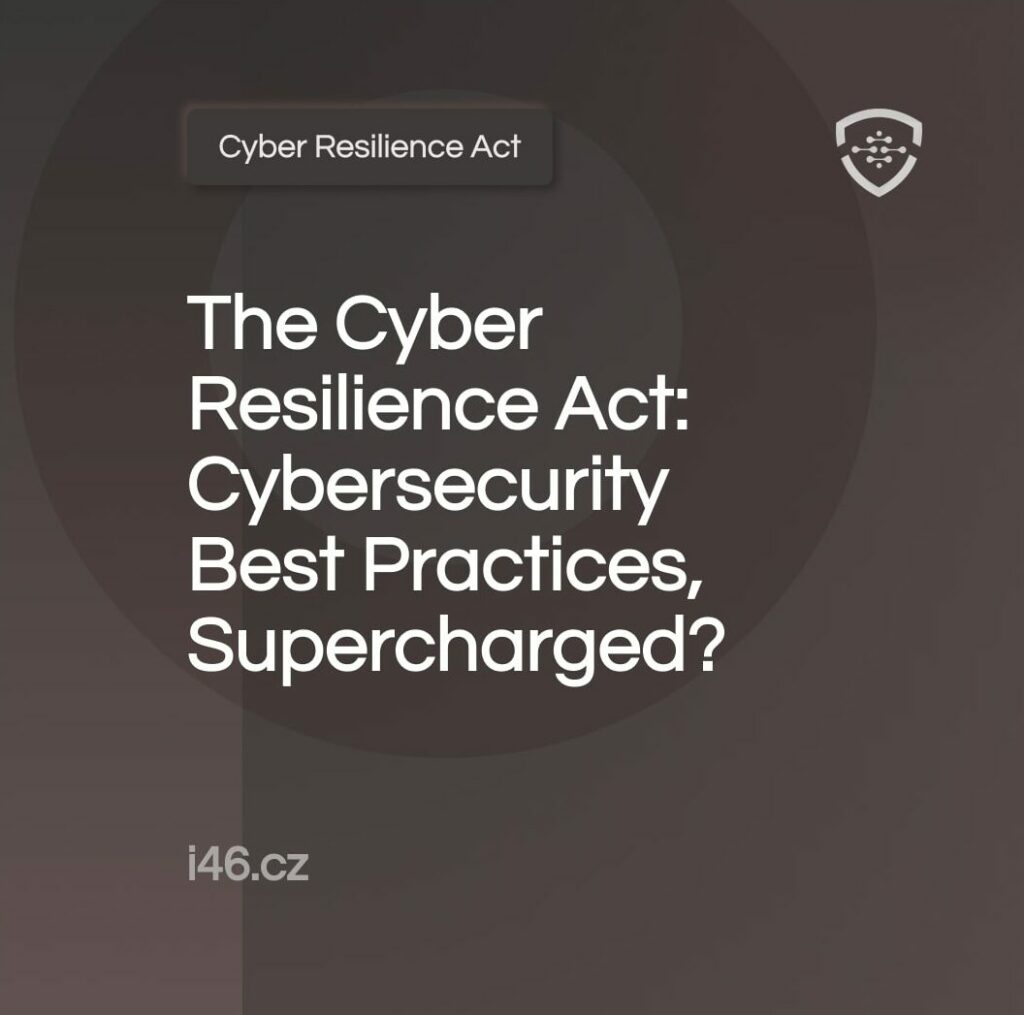The Cyber Resilience Act: Cybersecurity Best Practices, Supercharged?

The ever-expanding world of the Internet of Things (IoT) brings incredible convenience, but with it comes a growing cyber threat landscape. Enter the Cyber Resilience Act (CRA), a proposed EU regulation aiming to raise the cyber hygiene bar for connected devices. But how does it stack up against existing industry best practices? Let’s explore:
Alignment with Best Practices:
1- Risk-based approach:
The CRA aligns with established best practices by promoting a risk-based approach. Different categories of devices, based on their potential impact, face corresponding levels of security requirements. This echoes the widely adopted NIST Risk Management Framework.
2- Vulnerability Management:
The Act mandates secure coding practices, regular vulnerability assessments, and timely patching. This aligns with existing best practices like MITRE ATT&CK for identifying and mitigating known vulnerabilities.
3-Transparency and Traceability:
The CRA’s requirement for manufacturers to maintain technical documentation and a “point of contact” for security issues aligns with the industry’s push for greater device transparency and vendor accountability.
Going Beyond Best Practices:
1- Supply Chain Security:
The CRA delves deeper than most best practices by addressing supply chain security. Manufacturers must assess the security of their suppliers and components, acknowledging the interconnectedness of the IoT ecosystem.
2- Software Updates:
Beyond just patching vulnerabilities, the Act mandates manufacturers to provide software updates for a predetermined period, ensuring devices remain secure throughout their lifecycle. This goes above and beyond traditional best practices, which often lack specific update timeframes.
3- Open Communication:
The CRA encourages open communication between manufacturers, authorities, and researchers regarding vulnerabilities and incidents. This fosters a collaborative environment for rapid threat response, exceeding current best practices that can be hindered by siloed information.
The Takeaway:
The Cyber Resilience Act is a significant step forward in securing the IoT landscape. It not only solidifies existing best practices but also pushes the boundaries with stricter requirements on supply chain security, software updates, and open communication. This comprehensive approach has the potential to significantly improve the security posture of millions of connected devices, making the interconnected future safer for everyone.
Join the Discussion:
Chat with i46’s CEO: Erel Rosenberg
Find out more information on the Cyber Resilience Act here



